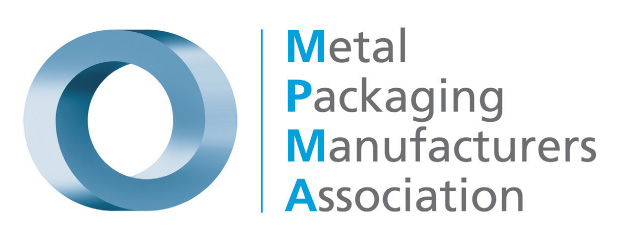The metal packaging sector is justly proud of its sustainability credentials, but although we share a lot of the detail, we rarely tell the whole story.
Sure we explain that metal can be recycled again and again with no loss of quality, and as such is classified as a permanent material.
We also talk about our impressive packaging recycling rates: 71% of steel (source: DEFRA) and 75% of beverage cans; and we are highly likely to mention the oft used statistic that something like 80% of all the metal ever produced is still in use today.
But we rarely talk about primary metal extraction and that’s probably because some perceive it as a weakness in our sustainability argument.
It is true that when metal is produced for the first time it incurs a carbon debt. But, given that metal can be recycled infinitely, and that every time it is recycled it saves considerable resources, energy and CO2, a large part of that initial energy debt is repaid over successive reuse cycles.
A metal drinks container, for example, can be used, recycled and be back on the shelves within sixty days, then again a further sixty days later and so on indefinitely, ultimately offsetting that initial energy many times over.
It is therefore clearly inappropriate to consider the production of metal packaging without also factoring in its recycling rate, which of course is also impressive and based primarily on two key factors: firstly, that metal has an intrinsic value and is therefore in demand; and second, it is really easy to recycle.
Steel is extracted from the waste stream via magnets, and aluminium via eddy current fields. But even if any metal packaging escapes an initial sort and ends up in an incinerator, all is still not lost as it can be recovered from the bottom ash after the incineration cycle is complete.
The other reason why metal packaging is so easy to recycle is that unlike many other forms of packaging, its recyclability is not adversely affected by the way the pack has been customised or by-product contamination from its contents, making it a truly circular material.
It’s interesting to see where steel for packaging fits into steel production overall and you might be surprised that steel-based packaging actually accounts for less than 2% of the global annual steel production. So our access to steel for use in packaging could in fact be considered a highly beneficial by-product of world’s voracious appetite for planes, trains and automobiles, as well as a whole host of other high-value products, not to mention buildings and other forms of infrastructure.
Small wonder then that something like 80% of all the metal ever produced is still in use today.
Of course, when we are thinking about sustainability and packaging holistically, it’s important to consider also whether the packaging saves or consumes additional energy or carbon during use. Metal food cans, for example, require no special storage at any time prior to use and so avoid all the energy and carbon associated with refrigeration. Canned food’s ambient storage temperature also eliminates the additional energy required to heat products from chilled or frozen storage at home.
The impressive shelf life associated with metal food cans also helps reduce food waste, which in turn avoids the production of methane which of course has a global warming potential of well over 20 times that of CO2.
And if that wasn’t enough, many forms of metal packaging are so useful around the home that after the initial product has been removed or consumed we keep them for storing other items. And why not? They’re robust, look great and last forever. I am of course referring to all those biscuit tins and the like that we all keep for our buttons and bits and bobs.
So given that metal saves resources by recycling forever, is reused indefinitely, and minimises food waste while avoiding the need for refrigerated storage, it clearly is the whole story.

